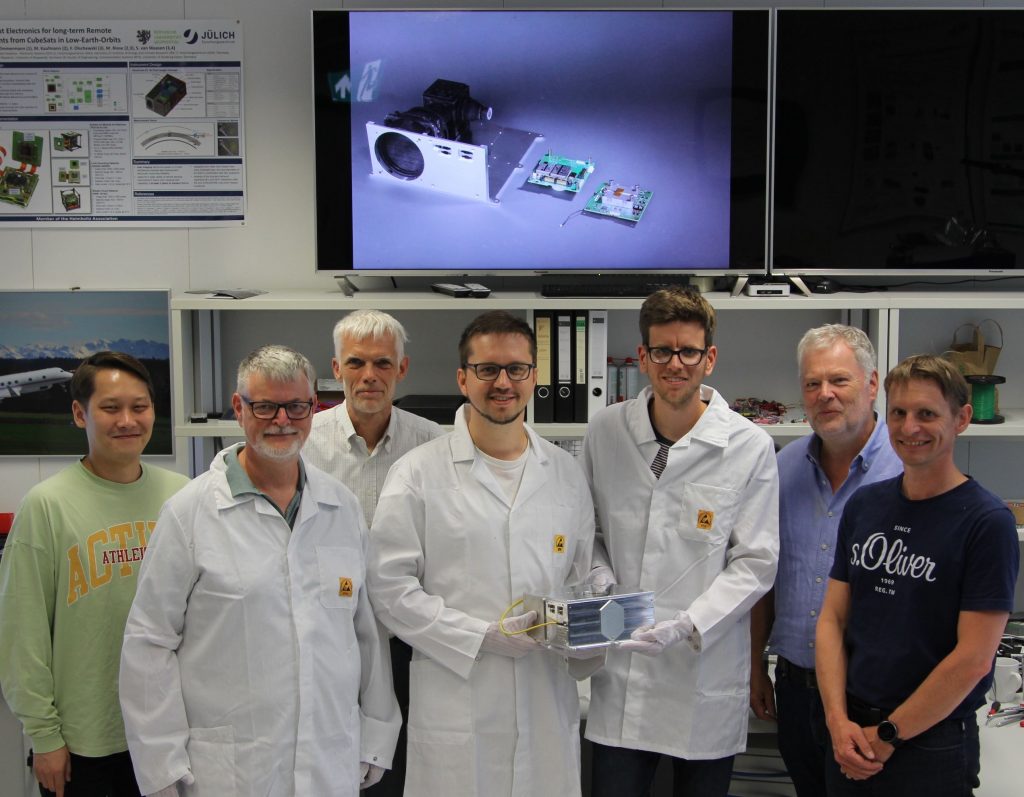SHIPAS satellite-based climate sensor developed with support from MetEOC projects approved for in-orbit testing
Following a successful review by the European Space Agency, on 30 November 2022 the SHIPAS temperature measuring instrument developed by Research Centre Jülich and Wuppertal University, Germany was given the go-ahead to be included onboard a satellite scheduled to be launched into earth orbit in 2025. The high-resolution imaging instrument is capable of accurately measuring the temperature of the mesosphere and lower thermosphere, which are layers of the atmosphere sensitive to greenhouse gas concentrations and early indicators of global heating trends.

Approval means the SHIPAS instrument, which stands for Spatial Heterodyne Interferometer Performance Assessment in Space, will fly onboard the latest generation of Redwire Space’s (formerly QinetiQ Space) P200 satellite platform.
In part due to support from MetEOC-3 and MetEOC-4 projects, the novel, highly compact instrument will be able to image the Mesosphere and Lower thermosphere (70 to 130 km altitude) in the near infra-red, to provide accurate temperature information likely to improve understanding of dynamics of the atmosphere in that region, as well as effects of climate change.
High-resolution temperature measurement of the Mesosphere
SHIPAS captures temperature information, that is identifiable from the spectral distributions of faint natural oxygen emissions. Previously, stray light contamination from the Earth’s albedo would disturb such measurements but SHIPAS uses an integrated cloud and albedo sensor to quantify potential stray light sources, that can be assimilated into correction methods. Measurements are also complemented by detailed optical simulations.
Key elements of the instrument’s calibration system were developed within MetEOC-3 and 4, assuring traceable climate quality temperature measurements of these mid-layers of the atmosphere.
A precursor instrument was launched in December 2018 as part of a Chinese technology demonstration satellite. This mission proved the concept and its atmospheric temperature measurement capabilities.
Laboratory and in-orbit data was extensively studied by the MetEOC team, leading to the design of an improved instrument funded by resources of FZ-Jülich and the Helmholtz Association of German Research Centres — and new flight opportunities.
The next deployment of the instrument will be onboard INSPIRESat-4, as part of the Atmospheric Coupling and Dynamics Explorer (ARCADE) mission which is the fourth satellite in the International Satellite Program in Research & Education (INSPIRE) series. Launch of this mission is scheduled for the summer of 2023.
During MetEOC-4, the European Commission confirmed the final selection of the latest model of the temperature sensor for on-orbit validation within H2020 GROW-I1-IOD.